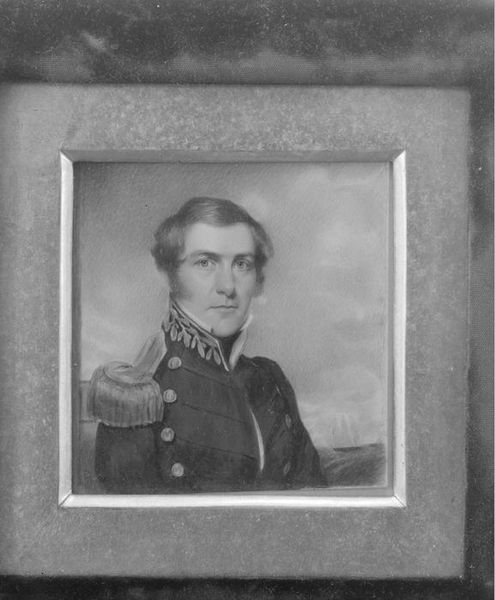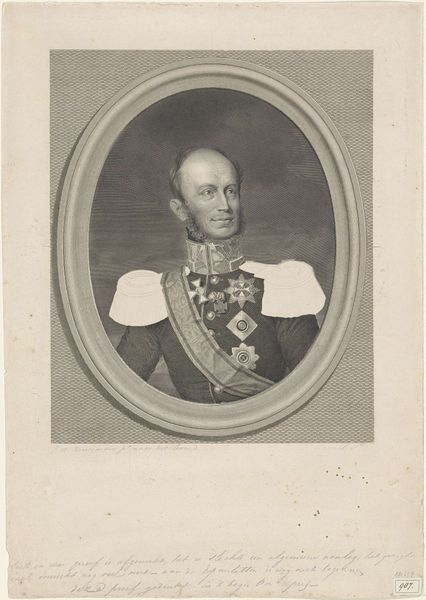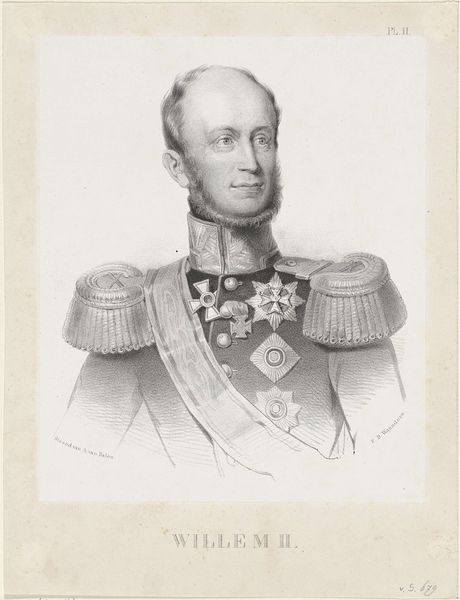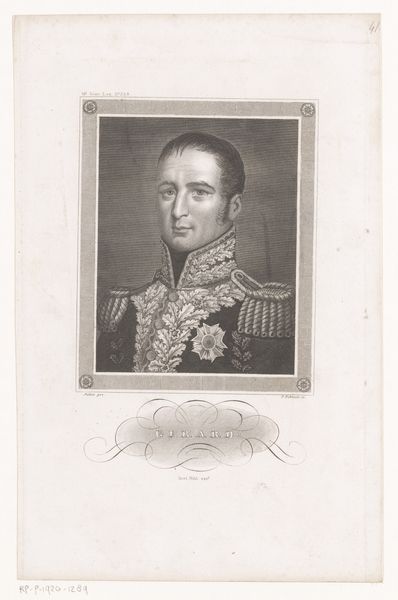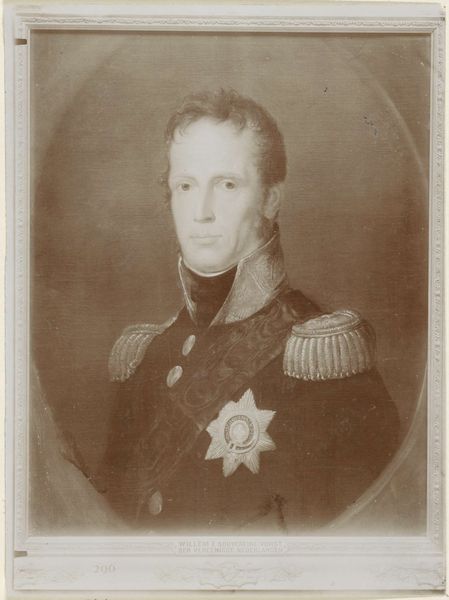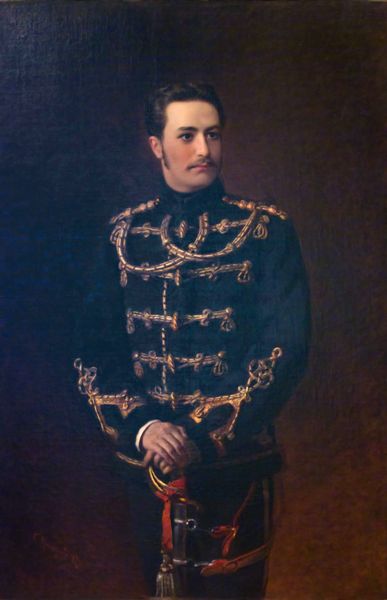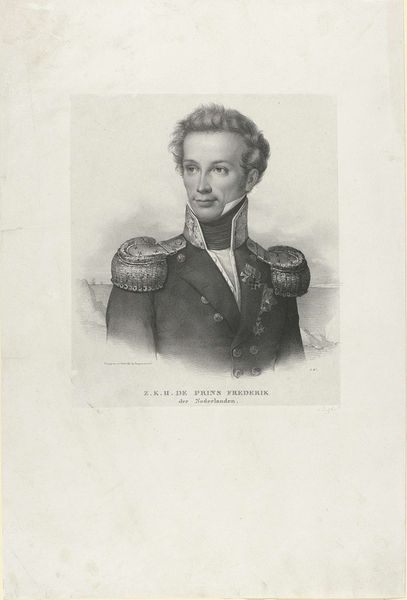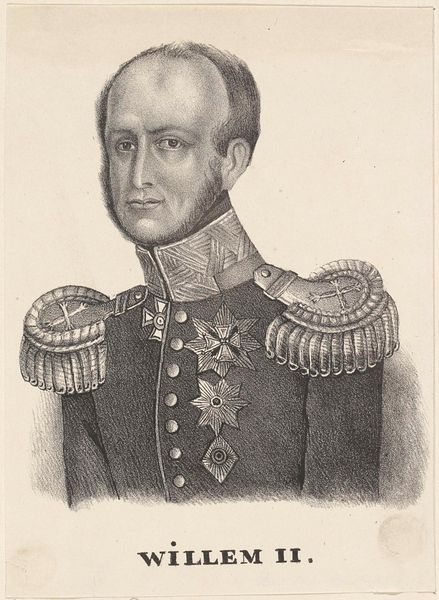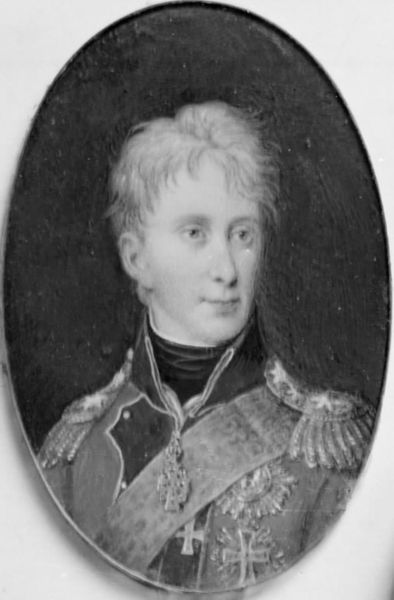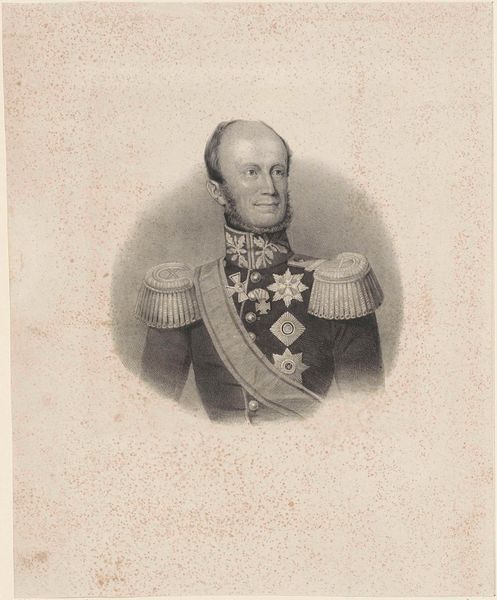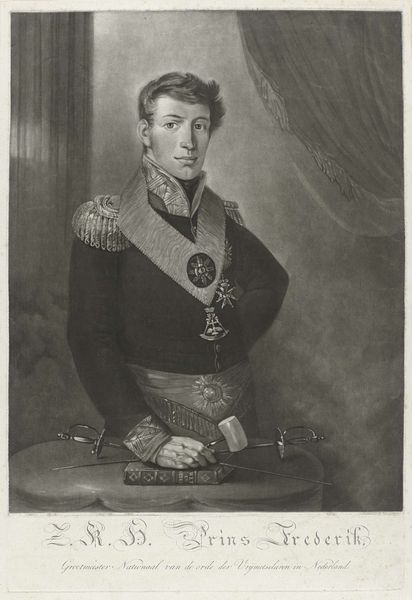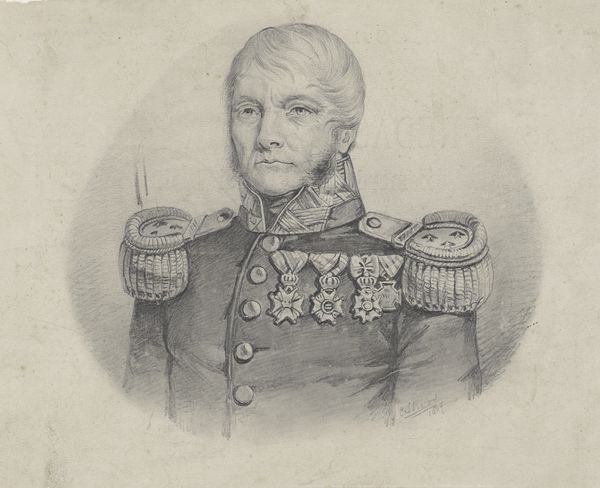
drawing
#
portrait
#
drawing
#
portrait
#
black and white
#
realism
Dimensions: 3 15/16 x 3 in. (10 x 7.6 cm)
Copyright: Public Domain
Curator: This portrait drawing from about 1847 depicts Jubal Anderson Early, rendered by George Lethbridge Saunders. It's currently held here at the Metropolitan Museum. What strikes you first? Editor: Immediately, the rigid formality. It speaks to the social hierarchy, the power dressed up in those heavy materials. That uniform isn't just clothing; it's a statement about labor, privilege, and even control. Curator: Absolutely, and consider what the military uniform meant. The ropes and ornaments suggest ideas of hierarchy, chains of command and dedication. Editor: Yes, it is intended to convey status, but it also conceals—his human vulnerability almost erased by the weight of social expectations represented through crafted objects. Even the ornate frame feels like another layer of containment. Curator: Think, too, of the tradition of portraiture itself—the act of commissioning a work like this. The materials mattered a great deal. Good quality paper and pigments signaled wealth and prestige for both subject and artist. Editor: True. The drawing, stark in its monochrome, strips away distractions and confronts us with the figure's expression. There’s a psychological weight that speaks to Early’s sense of self. His intense, perhaps melancholy gaze, pierces through the years and makes us consider what experiences made up that image. Curator: Indeed, a man memorialized and preserved within the strict confines of visual language and material culture of the time. It makes one contemplate his position as part of a whole society. Editor: And the symbols he represents within it – ideas of strength, nation, sacrifice all bound into the construction and presentation of a persona. I see the weight of both individual destiny and cultural memory held in that single, somber look. Curator: Ultimately, this is how someone of significance chose to be remembered through a carefully constructed, meticulously produced object of cultural projection. Editor: Agreed. It prompts reflection about legacy itself—what survives, and what gets lost, within layers of material history and symbolic representation. Thank you.
Comments
No comments
Be the first to comment and join the conversation on the ultimate creative platform.
